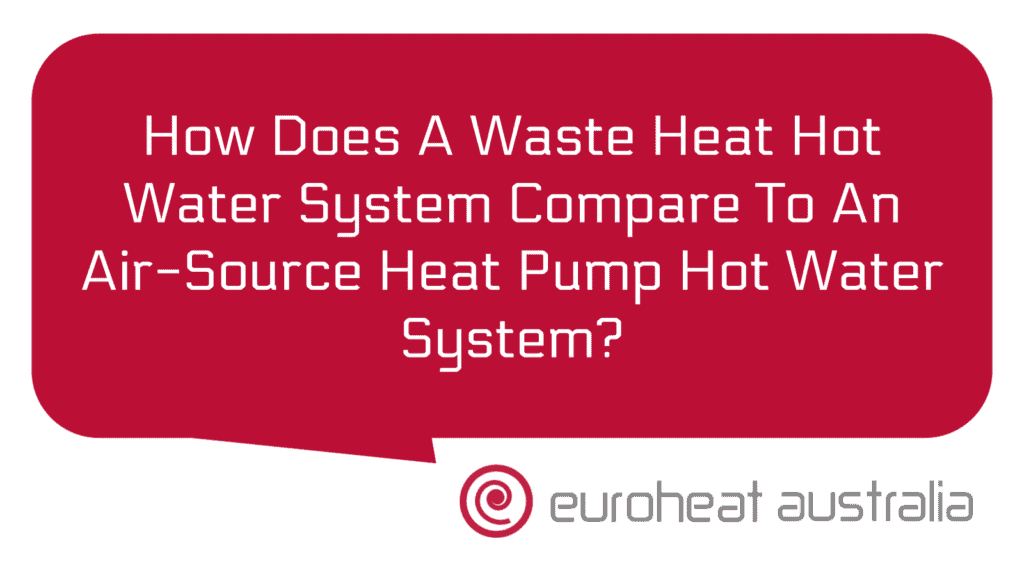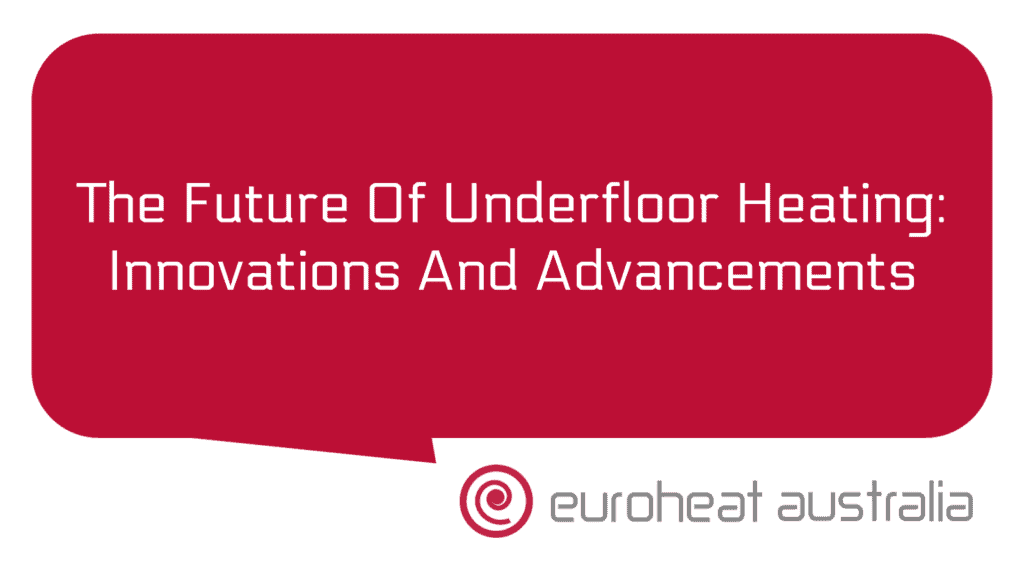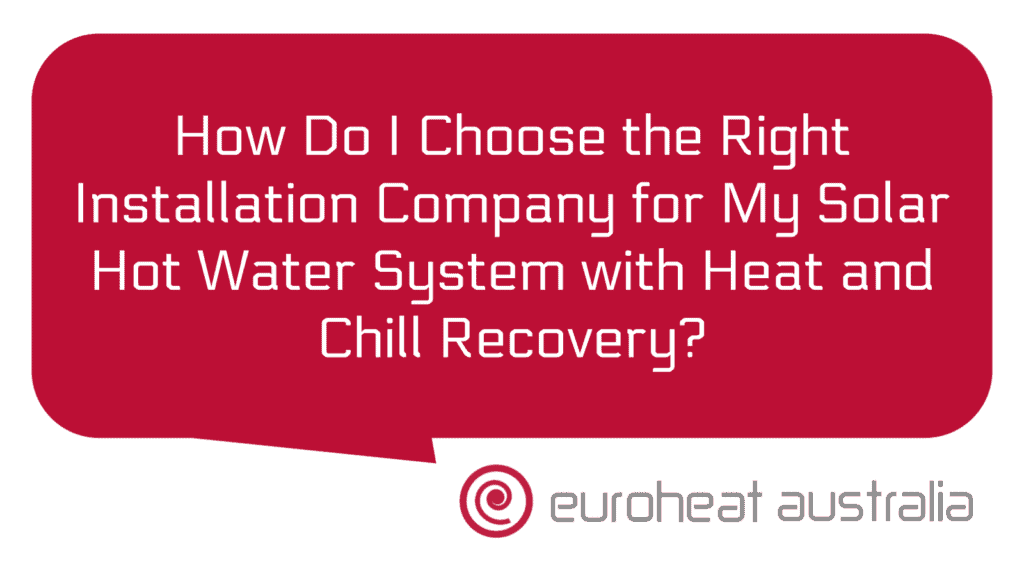When it comes to hot water systems, there are a few different options available to Australian homeowners. Two popular choices are waste heat hot water systems and air-source heat pump hot water systems. But what’s the difference between the two, and which one should you choose? Let’s take a look.
Waste Heat Hot Water System
Waste heat hot water systems make use of energy that would otherwise be wasted, such as the heat emitted from your air conditioner or refrigerator. The system captures the energy, stores it in a tank, and then uses it to heat your hot water. These systems are generally quite efficient and can save you money on your energy bill in the long run. One downside is that they can be tricky to install and maintain, so you may need to call in an expert if you want to get one set up properly.
Air-Source Heat Pump Hot Water System
Air-source heat pump hot water systems use electricity to transfer warmth from outside air into your home’s hot water system. This process is more efficient than traditional electric heating methods and can help cut down on your energy costs. However, these systems tend to be more expensive upfront and may require extra maintenance over time due to their complex nature.
Comparison of Waste Heat vs Air-Source Heat Pump Hot Water Systems
When comparing waste heat and air-source heat pump hot water systems, both have their advantages and disadvantages. On one hand, waste heat is usually more efficient than electric heating methods and can save you money on your energy bill in the long run if installed correctly. On the other hand, air-source heat pumps are more expensive upfront but may require less maintenance over time due to their simple design.
Benefits of Installing a Heat & Chill Recovery System
For those who have both a waste heat system and an air-source heat pump system installed at their home, there’s another option available that could help reduce costs even further – installing a Heat & Chill Recovery System (HCR). This system works by transferring unused energy from one type of system (e.g., waste heat) into another type of system (e.g., air-source heat pump) in order to maximize efficiency while minimizing energy costs even further. For example, if you have both an air conditioner/refrigerator emitting waste heat as well as an air-source heat pump installed at your home, you could use HCR technology to transfer some of the wasted energy from the former into the latter – resulting in substantial energy savings over time! Furthermore, HCR technology is relatively simple compared with other complex heating/cooling solutions – making it easier for homeowners to install without needing extra help from professionals or engineers!
Design & Installation Services From Euroheat Australia
If you’re considering taking advantage of this type of technology at your home but don’t know where to start – don’t worry! Euroheat Australia has 30 years’ experience designing & constructing hydronic heating & cooling systems for Australian homes – making them the perfect choice for anyone looking for reliable professionals who can provide quality design & installation services for their HCR projects! With Euroheat Australia by your side, you can rest assured knowing that any project will be done properly – saving time & money in the long run!





